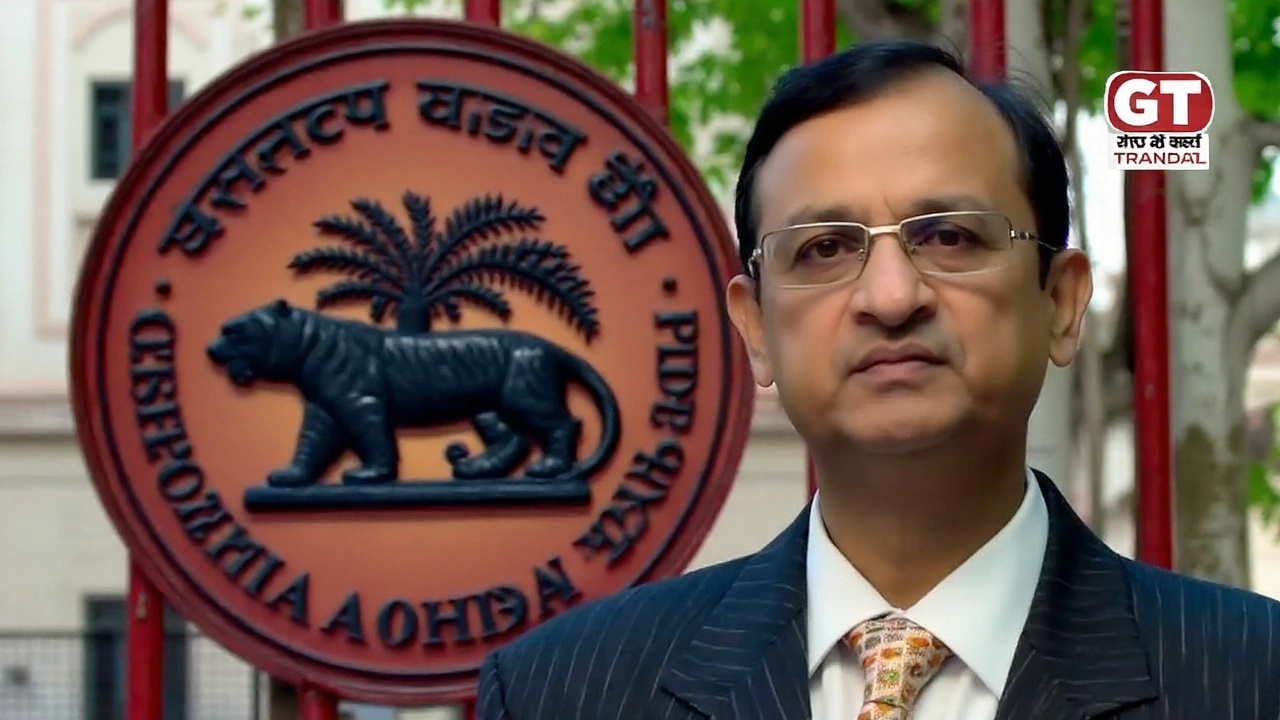Monetary Policy Explained: What the RBI Does and Why It Matters
Ever wonder why loan rates jump or why grocery prices seem to stick around a certain level? The answer usually lies with the Reserve Bank of India’s (RBI) monetary policy. In simple words, monetary policy is the set of tools the central bank uses to keep the economy stable. When the RBI changes its policy, it affects everything from your savings account to the price of a cup of tea.
How the RBI Controls Interest Rates
The most talked‑about tool is the repo rate – the rate at which banks borrow money from the RBI. When the RBI raises the repo rate, banks pay more to get money, so they charge you higher interest on loans. That can slow down spending because people think twice before taking a big loan for a house or a car. On the flip side, if the RBI cuts the repo rate, borrowing becomes cheaper, encouraging people and businesses to spend more.
Another key rate is the reverse repo rate, which works the opposite way. It tells banks how much they earn when they park extra cash with the RBI. A higher reverse repo rate can pull money out of the market, helping to curb inflation.
Why Inflation Is The Main Target
Inflation – the steady rise in prices – is the biggest thing the RBI watches. If prices rise too fast, your purchasing power drops. To keep inflation in check, the RBI may tighten monetary policy by raising rates. If inflation is low and growth is sluggish, the RBI might loosen policy to give the economy a boost.
Think of it like a thermostat. The RBI keeps the temperature (inflation) at a comfortable level. When it gets too hot, they turn the AC (tighten policy) on. When it’s too cold, they turn the heat (loosen policy) up.
What Recent Policy Moves Mean for You
In the past few months, the RBI has been walking a tightrope between high inflation and slowing growth. A modest rate hike sent a signal that the bank is serious about containing price spikes. For borrowers, that meant slightly higher EMIs on home loans and personal loans. Savers, on the other hand, saw a small bump in interest on fixed deposits and savings accounts.
If you’re planning a big purchase, it’s a good idea to lock in the current rate before any further hikes. For investors, watching the RBI’s next policy meeting can give clues about which sectors might benefit – lower rates often help auto and real‑estate, while higher rates can boost banking stocks.
Also, keep an eye on the RBI’s inflation outlook. When the bank predicts inflation staying within its 4%‑6% target, it’s likely to keep rates steady. A surprise jump in inflation could trigger another hike, which would affect loan costs and the overall economic mood.
Bottom Line: Stay Informed, Stay Ahead
Monetary policy might sound like a fancy term, but its impact is everyday. Whether you’re saving, borrowing, or investing, the RBI’s decisions shape your financial landscape. Keep an eye on repo rate announcements, inflation reports, and the RBI’s statements. Knowing what’s coming helps you make smarter choices – like timing a loan application or deciding where to park your savings.
So next time you hear about a rate change, remember it’s not just a number on a paper. It’s the RBI trying to keep the economy humming, and it directly touches your wallet.

The RBI kept its repo rate steady at 5.5% in August 2025, signaling confidence in controlling inflation, which dropped to a six-year low. The central bank revised the FY26 inflation forecast lower to 3.1%. GDP growth is still pegged at 6.5%, and a CRR cut is coming in September. The real estate sector responded positively to the decision.
